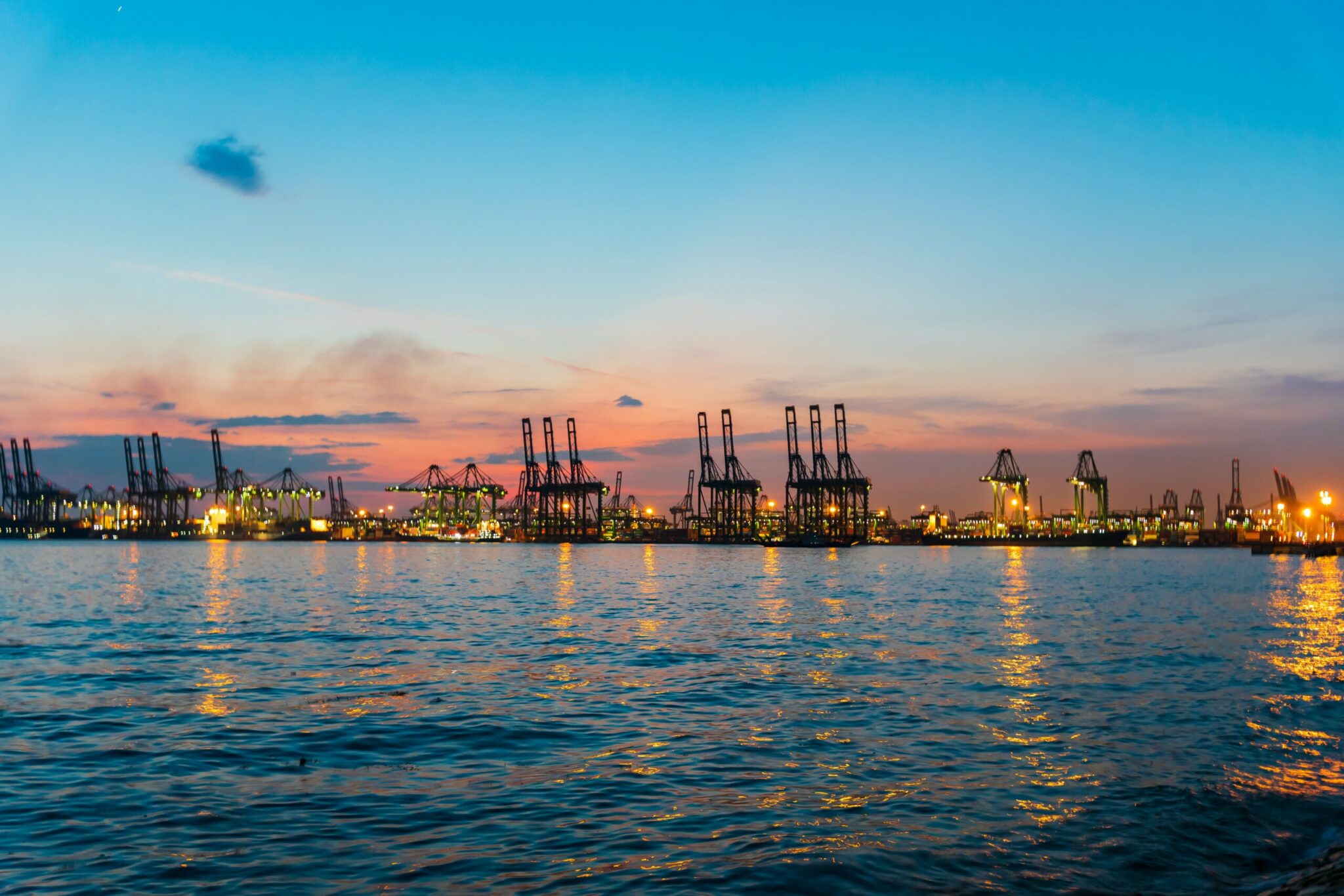It’s easy to blame the tariffs from the Trump administration for the uncertainty plaguing global supply chains. But a variety of other factors — from the dangers of transiting the Suez Canal to port congestion — have compounded delays, driven up shipping costs, and made long-term planning increasingly difficult for importers and exporters alike.
“Uncertainty is everywhere in sea logistics,” said Kuehne + Nagel executive VP Bill Rooney, in remarks delivered at 2025’s Agriculture Transportation Coalition (AgTC) Conference in Tacoma, Washington on June 17. “Don’t take your crash helmets off — this isn’t coming to an end anytime soon.”
Rooney pointed to how the Global Trade Policy Uncertainty Index — which research firm Econovis uses to track heightened periods of economic turmoil — currently sits at a rating of 500. Comparatively, the index hovered around 250 at its highest point during the pandemic, and is now five times what it was during the 1971 “Nixon shock” that upended decades of global monetary stability when the U.S. moved the dollar off the gold standard.
Rooney also warned that Red Sea transits aren’t likely to resume in 2025, especially as tensions have escalated between Iran and Israel, and Houthi rebels have resumed attacks on ships moving through the region. In the meantime, carriers have continued to detour around Africa’s Cape of Good Hope, driving up costs, adding thousands of miles’ worth of travel time, and delaying roughly 6% of the global capacity that typically moves through the Suez Canal.
Making matters worse is widespread congestion across Europe and Asia, where many ports have been operating at 90-95% capacity for months. In Europe, shipping hubs have seen berth waiting times climb by 37% this Spring at Antwerp in Belgium, according to data from Kuehne + Nagel, and by as much as 77% at Bremerhaven, Germany.
Mediterranean Shipping Company CEO Fabio Santucci estimates that as much as 10% of global capacity for container fleets is stuck at congested ports around the world.
“Port congestion is the silent killer of efficiency,” he told AgTC members on June 17. “You have limitations for yard efficiencies, vessel bunching, too much cargo inland, and congestion outside of the gate, which all contribute to the problem.”
In early June, Port of Antwerp-Bruges CEO Jacques Vandermeiren described the current situation as “chaos,” driven by low water levels in the Rhine, strikes and labor shortages, and the recent reshuffling of global shipping alliances that has led to more fragmented arrivals at ports. As hot weather has descended on Western Europe, port operators in Rotterdam also reported a series of technical outages due to the heat on July 1, and temporarily closed at least two terminals to trucks while crews worked to restore systems.
In Asia, the sudden pause on Trump administration tariffs against China in late May created a 300% surge in freight bookings from China to the U.S. over the course of a single week, as importers rushed to move peak season cargo ahead of the new August 14 deadline for a long-term trade deal between the two countries. At the time, freight forwarder Metro Shipping tracked wait times anywhere between 24 and 72 hours at ports in Shanghai, Qingdao, Singapore, Busan and Yokohama, all while carriers reported widespread bunching and missed berths.
MSC’s Santucci described how operating at or above 90% at a port “generates a lot of inefficiencies,” with less space to move and store cargo, and increased dwell times that can quickly create delays further down the supply chain for trucks and trains moving goods inland. It’s also now becoming even more difficult to transship cargo to a second port before it arrives at its final destination, with transshipping congestion levels “as high as those seen during COVID,” Santucci said.
The result is a lack of reliability when it comes to shipping schedules, with just 58.7% of vessels arriving on time globally at present, compared to the historic norm of 75%, and the 65% we saw during the pandemic, Rooney said. Another factor, he added, is that there’s been a “consistent downwards slope in container ship speeds,” as carriers have been forced to slow vessels down to save on fuel costs and adhere to modern emissions standards. Today, cargo ships travel at an average of around 14 knots, while vessels in 1973 ran at 25-27 knots.
Taken together, these challenges paint a picture of a global logistics network struggling under the weight of persistent disruption, with no clear end in sight. From tariff whiplash to bottlenecks at ports, supply chains have been faced with hurdle after hurdle for the better part of the last five years, and now, the cumulative strain has the industry rethinking everything from sourcing strategies to shipping schedules just to stay ahead of the next shock.
“It’s a very, very fluid situation,” Santucci said.





